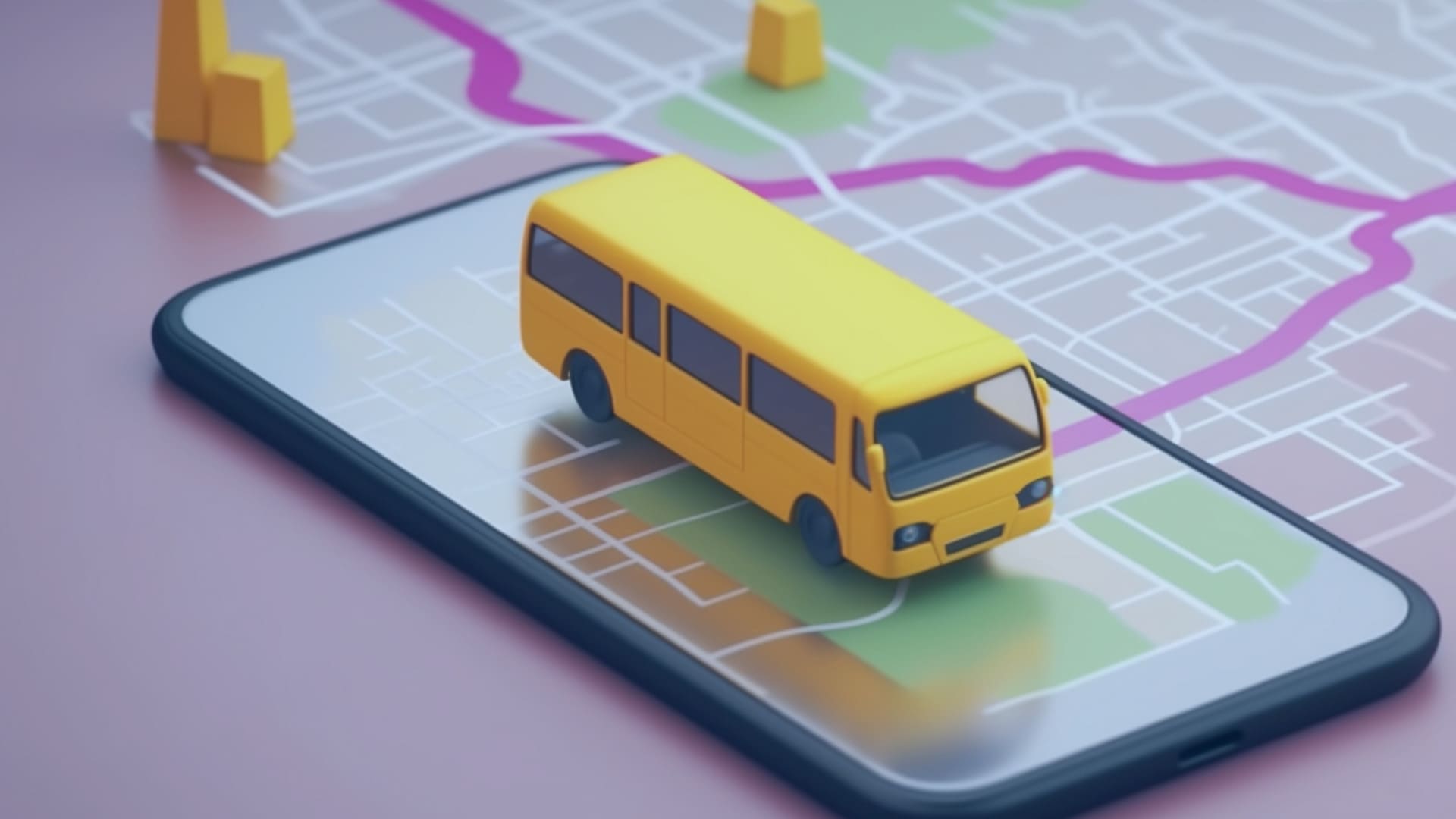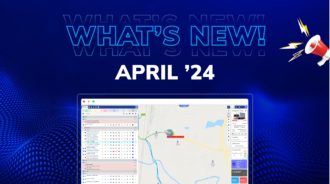In the ever-evolving landscape of school transportation, the safety and efficiency of getting students to and from school have never been more paramount. Amidst this backdrop, route planning and optimization emerge as the linchpin in modernizing school transportation systems. These aren’t mere buzzwords; they are transformative strategies that, when combined with advanced fleet management software, create a ripple effect of efficiency, safety, and reliability. This blog will explore the critical role route planning and optimization play in modern school transportation, focusing on the latest trends that are shaping the future.
The Bedrock of School Transportation: Understanding Route Planning and Optimization
At its core, route planning is the process of determining the most efficient path for a vehicle to take to reach various destinations. When applied to school transportation, it involves crafting routes that pick up and drop off students in the most efficient manner possible. Optimization is the golden thread that ties this process together, using algorithms and data to refine and perfect these routes continually. The goal is simple yet profound: ensure every student arrives at their destination safely and on time, every time.
Embracing the Future: Trends in Route Planning and Optimization
In the realm of school transportation, several forward-thinking trends are setting the stage for a more efficient and safer future. These include:
- Advanced Fleet Management Software: This software is the cornerstone of modern route optimization. It allows for real-time tracking of buses, analysis of route efficiency, and quick adjustments to accommodate unexpected changes like road closures or weather conditions.
- Predictive Analytics: By analyzing historical data, predictive analytics can forecast potential issues on routes and suggest alternatives. This proactive approach reduces delays and enhances safety.
- Customizable Parent Apps: More schools are adopting apps that allow parents to track their child’s bus in real-time, receive notifications about delays, and even report absences. This not only boosts safety but also fosters a transparent, trusting relationship between schools and families.
- Green Routing: With an increasing focus on sustainability, schools are seeking routes that reduce fuel consumption and emissions. Optimized routes contribute to a greener planet by ensuring buses aren’t traveling more than necessary.
The Indispensable Benefits of Route Planning and Optimization
Optimizing school bus routes isn’t just about adhering to a schedule; it’s about reaping a myriad of benefits that resonate on multiple levels:
- Enhanced Safety: Safety is the top priority. Optimized routes mean less time on the road and safer, more direct paths to school. This reduces the risk of accidents and ensures the well-being of students.
- Cost Efficiency: Efficient routes mean less fuel consumption and wear and tear on vehicles. This translates to substantial cost savings, allowing schools to allocate resources elsewhere.
- Environmental Responsibility: Less time on the road means reduced emissions. Schools can take pride in contributing to a healthier environment by optimizing their routes.
- Parental Peace of Mind: Knowing that the school is employing the latest technology to ensure their child’s safety is invaluable for parents. It strengthens the community’s trust in the school system.
- Improved Learning Outcomes: When students arrive on time and stress-free, they’re in a better position to learn. Efficient transportation plays an unsung role in academic performance.
Integrating Advanced Fleet Management Software
Our advanced fleet management software stands at the intersection of technology and transportation. It’s not just about tracking vehicles; it’s about harnessing data to make informed decisions. Here’s how it makes a difference:
- Real-Time Tracking: Know where every bus is at any given moment. This allows for quick adjustments in case of delays or emergencies.
- Maintenance Alerts: Stay ahead of potential vehicle issues with alerts that notify when a bus needs maintenance, ensuring that no vehicle is a liability on the road.
- Driver Performance Monitoring: Ensure that drivers are adhering to safe driving practices and schedules.
- Reporting and Analytics: Access detailed reports on route efficiency, fuel consumption, and more to make data-driven decisions.
Crafting the Perfect Route: A Step-by-Step Guide
Creating an optimized route isn’t magic; it’s a methodical process that involves several crucial steps:
- Data Collection: Gather detailed information about students, including pickup and dropoff locations, and any special needs.
- Initial Route Creation: Use software to create a preliminary route based on this data.
- Optimization: Apply algorithms to refine the route for maximum efficiency.
- Testing and Feedback: Run the route, gather feedback from drivers and parents, and make adjustments as necessary.
- Ongoing Adjustment: Regularly review and tweak the route to accommodate new students or changes in traffic patterns.
Overcoming Challenges: Tips for Smooth Implementation
Adopting a new system can come with hurdles. Here are some tips for a seamless transition:
- Involve Stakeholders: Include drivers, parents, and school administrators in the process. Their insights are invaluable.
- Provide Training: Ensure that everyone who will use the software understands how to operate it effectively.
- Start Small: Implement the system with a few routes initially and gradually expand.
- Regularly Review: Continually assess the system’s effectiveness and make adjustments as needed.
Conclusion: The Road Ahead
The role of route planning and optimization in modern school transportation is not just a trend; it’s a transformative shift that’s redefining how we think about getting students to school. It’s about safety, efficiency, cost savings, and environmental responsibility. By embracing these strategies and the technology that powers them, schools are not just transporting students; they’re paving the way for a brighter, safer future.
Remember, the journey toward optimized school transportation is ongoing. As technology advances and new trends emerge, schools must remain agile, always ready to adopt new strategies that enhance the safety and efficiency of their transportation systems. The road ahead is promising, and with route planning and optimization leading the way, the future of school transportation is brighter than ever.



